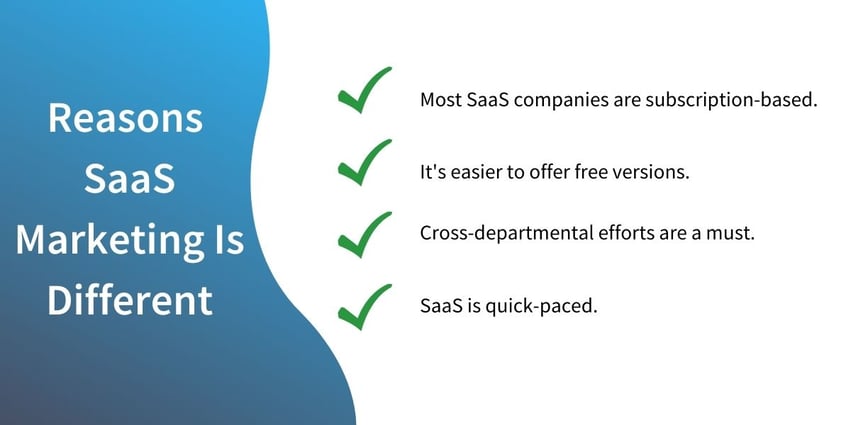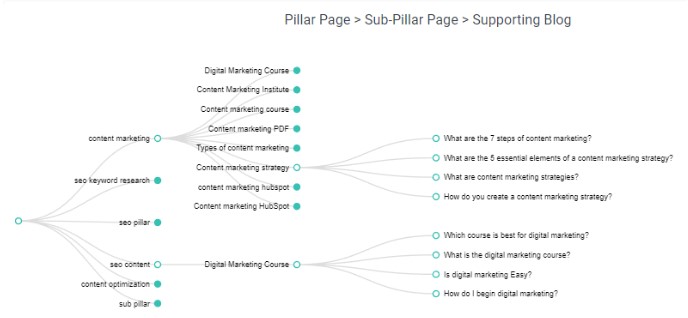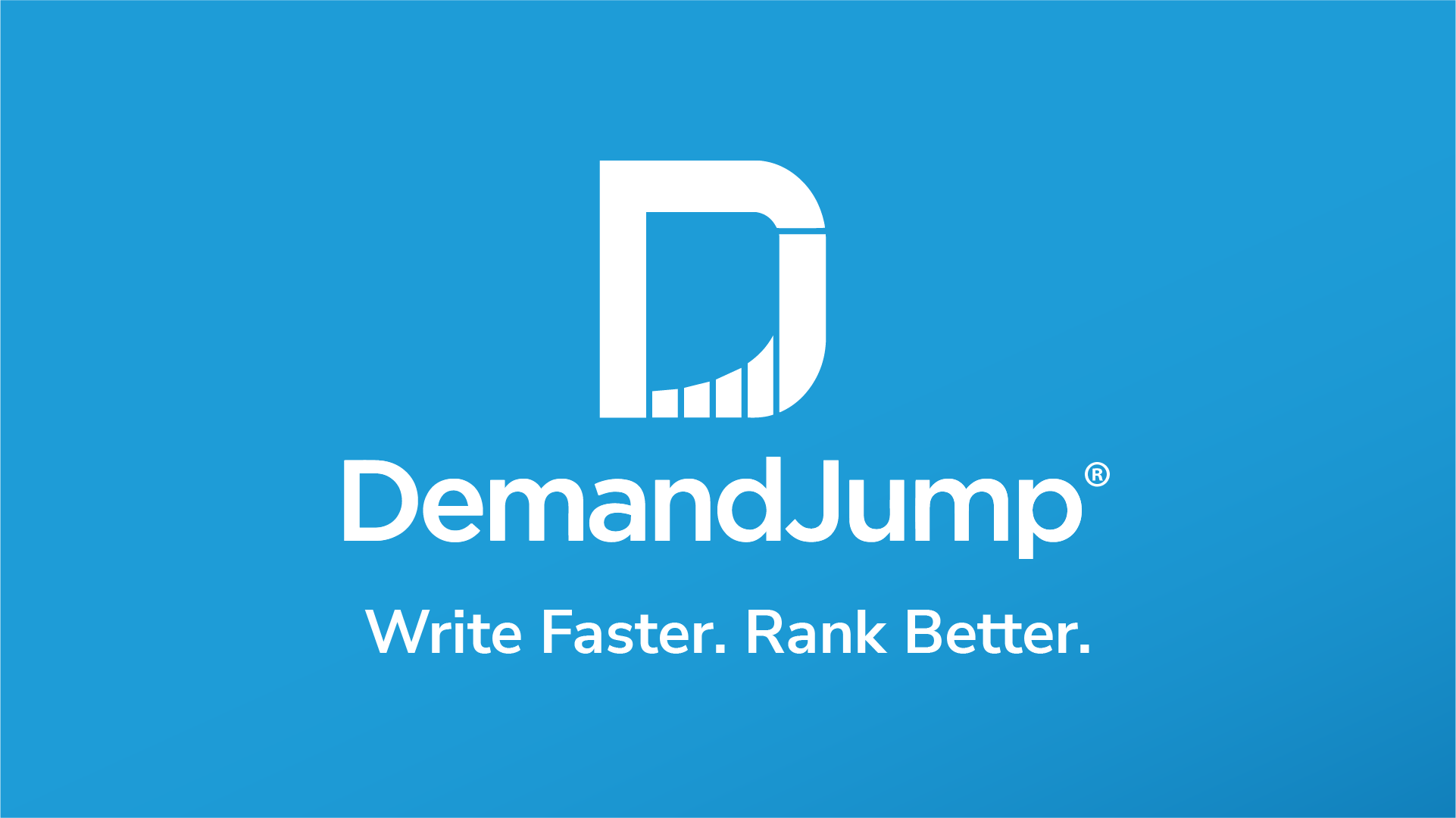The software as a service (SaaS) industry is growing. In fact, projections indicate that it will expand from the $130.69 billion spent on it in 2021 to $716.52 billion by 2028. As this industry gets larger, it will be much more difficult for SaaS companies to stand out from their competition. That’s where SaaS marketing comes in. It will capture the attention of the audiences these companies want to target and drive sales.
Software marketing companies all over the world have started making tools to help SaaS companies with their marketing campaigns. These tools are especially useful because SaaS marketers have to take different approaches to their marketing strategies than other marketers do.
In this blog, we’ll go into detail about what SaaS marketing is, how to create a successful marketing plan, and the tools you need to make that happen. Let’s jump in.
What Is SaaS Marketing?
Software as a service marketing is the process of informing potential customers of your software to help sell it. You can spread the word about it via paid means, such as paid ads promoted on social media or search engines, or via organic means, such as blog posts and social media posts on your company’s pages.
Note that marketing doesn’t have to be sales-y. In fact, you probably want to avoid using too much sales jargon in your language because many potential customers, especially those who have never heard of your software or your brand before, will want to know more about how their problems will be solved with your product before they buy. They’ll want to see data supporting your points. They’ll want to do their research before signing on the dotted line. Because software is subscription-based, customers may feel that they are making a much bigger commitment when they buy from you. After all, subscriptions require several payments over time and may require lots of team training to use your software. Be patient with them, and let your product sell itself instead of pushing too hard.
Marketing SaaS products does look a bit different than marketing for other products or services. Let’s take a look at why.
Why Is SaaS Marketing Different?
There are several key reasons why SaaS marketing differs from marketing for other products or services. They are:
- Most SaaS companies are subscription-based. That means you have to make sure your customers really like and use your product. You have to keep your customers happy and even sometimes persuade them to pay for more services to keep your business running smoothly.
- It’s easier to offer free versions. Unlike products or services that customers buy once and then are done with the sales process, software can be built onto and offer several features at different payment levels. That means that you can offer parts of your software for free to customers. Free versions (or freemiums) are great for drawing potential customers in who want to try your product before they fully commit to it. It allows you to showcase what you have to offer and lets your software sell itself.
- Cross-departmental efforts are a must. When marketing your software, you have to collaborate with several departments. For example, you have to work with the product and development team to ensure you know all about the latest updates and features added to the software. That way you can better advertise the product. You will also have to work with a customer experience team to better grasp what customers like and dislike about the software. That way you can market the features they like and work with the product team to improve the features that customers dislike.
- SaaS is quick-paced. Software is constantly evolving. New versions come out all the time. For that reason, the sales cycle for SaaS is much quicker than it is for other products or services. The customer either likes the software or they don’t. If the sales process took very long, the initial features you introduced to the potential customer might be outdated after several version updates.
Now that you have a general understanding of what SaaS marketing is, let’s take a look at how to make a marketing plan that works for SaaS companies.

How Do You Structure a Marketing Plan?
Behind every successful marketing plan are four major stages: research, goal setting, content creation, and analysis.
Research
Before you do anything else, you have to do your research. Begin by deciding who you want your target audience to be. Then figure out what they like, what they don’t, how they speak, and what issues they want solved. From there, look into what both you and your competitors have done in the past to attract this audience. This research will give you a solid base when trying to decide which kinds of content to create and which pain points to address.
Goal Setting
Next, you will want to set your goals and define how you will track them. Some key performance indicators (KPIs) you might decide to track include:
- Churn rate (the number of customers who stop subscribing to your software)
- Monthly recurring revenue (the number of your monthly paying customers multiplied by how much each pays per month)
- Annual recurring revenue (your monthly recurring revenue multiplied by 12)
- Customer acquisition cost (how much you spend on sales and marketing divided by the number of new customers you have)
Content Creation
Once you have your goals in place, it’s time to create. This content takes a variety of forms, such as:
- Blogs
- Social media posts
- Emails
- Podcasts
- Paid advertisements
- Newsletters
- Whitepapers
- Ebooks
- Videos
- Infographics
Essentially, marketing content is anything that gets the word out about your company and what your SaaS does. When you produce your content, you should be strategic about it. Remember when you said to do your research about what your target audience is like? Use language they would use and discuss how they can solve the problems they face. Including keywords, phrases, and questions that your target audience is searching for will help with that. With a platform like DemandJump, these keywords and phrases are available right at your fingertips within moments of searching your topic (but more on that later).
Also be sure to post your content on multiple channels. What are SaaS marketing channels? They are all the places in which you can tell your target audience about what your company does. They include your website, social media websites, and search engines (if you use paid ads). Your research comes in handy here, too, because you can figure out which channels your target audience spend the most time and focus your efforts there. With that being said, do not give all your attention to those channels. Make sure to post on a few different ones to attract more attention.
Analysis
Finally, you have to track your marketing plan’s performance to make sure you’re meeting your goals. This is where you actually calculate those KPIs we mentioned earlier. Based on what you find, make adjustments to your plan. What’s working? What isn’t? Keep doing what is working and change what isn’t. A good marketing plan will not be stagnant. It requires constant pivoting as data comes in and you see how your campaign is performing.

What Is a SaaS Marketing Tool?
A SaaS marketing tool is something you use to more effectively connect with your target audience no matter where they are in their buying process. They help you more easily create the marketing plan we outlined above. Many of these tools involve collecting data concerning:
- How many customers are interacting with your content, such as blog posts, social media posts, and emails.
- What keywords to use in content to appear higher in your target audience’s search engine results.
- How well your competition’s marketing strategy is performing.
- How your audience is navigating through your website.
Some marketing tools do not collect data for you and, instead, automate marketing processes for you. What is SaaS marketing automation? It is the process of using software to run marketing activities without any of your employees having to do it. For example, you might use one that automatically sends welcome emails to newly subscribed customers. Or you can use one that will check your content for spelling and grammar errors or even one that compiles and organizes survey data for you. This automation will save your team time and even provide you with more accurate, complete data than an employee could gather.
With the right SaaS marketing tools in your pocket, you can build a SaaS marketing strategy that knocks the socks off your competitors. You just need the right SaaS marketing platform that offers several of these tools.
What Are 4 Marketing Tools in SaaS?
As we’ve already described, there are several types of SaaS marketing tools out there that will help you with your marketing plan. Here are some of the ones we offer at DemandJump:
- Account Based Attribution: See which campaigns, pieces of content, and keywords are bringing in revenue and which aren’t. It will also tell you which sites you posted on that your target audience engaged with.
- Consumer Insight Reports: This tool will let you see what keywords your customers are searching for; how you and your competitors are ranking for those keywords; which touchpoints drive your customers to purchase your software; and which sites you use are drawing in most of your potential customers.
- Topic Insights: By simply typing in a topic you want to rank for in Google, we will gather keywords and questions surrounding that topic. You can then include these words and phrases in your content to boost your chances of getting to page one on Google, thus increasing your chances of your target audience seeing your stuff.
- Pillar Strategy: This is DemandJump’s bread and butter. We invented Pillar-Based Marketing, which is a marketing strategy where you link related content to each other to boost your overall search engine rankings for a topic of your choosing. The Pillar Strategy tool will show you what sub-pillars and supporting blogs to write based on what you want your pillar topic to be. Below is an example of what one of these strategies looks like.

If you take advantage of DemandJump’s tools, you can make data-driven marketing decisions and see real results.
Which Is the Best SaaS Platform for Marketing? DemandJump!
SaaS marketing teams often have to put in more effort and use different practices than other marketing teams. We at DemandJump get it because we’re a SaaS company, too. Why not use some of the best marketing tools to make your job easier, then? With DemandJump, you can. Our team of SaaS marketing experts have worked diligently for almost a decade to create a platform that provides you with all the data you need to get in front of potential customers. No more guesswork. No more relying on paid advertisements. Just results. And because we like to practice what we preach, we have a freemium version of our platform that you can try. Give us a try and discover how to drive successful marketing campaigns in a growing SaaS industry.












